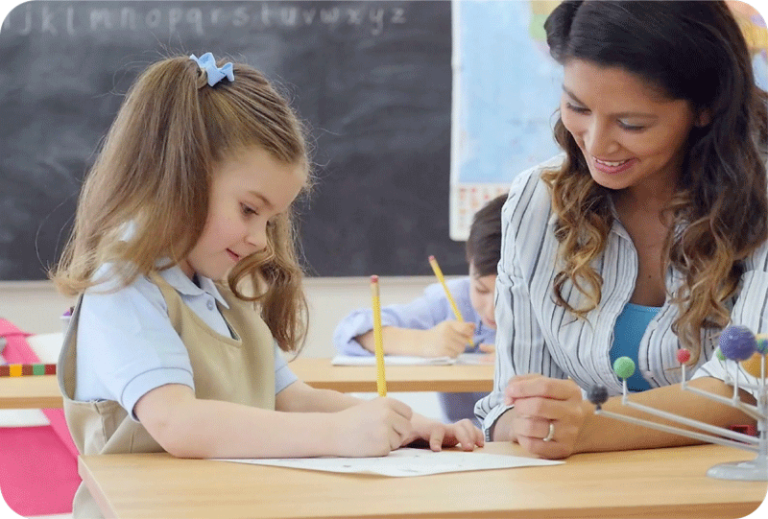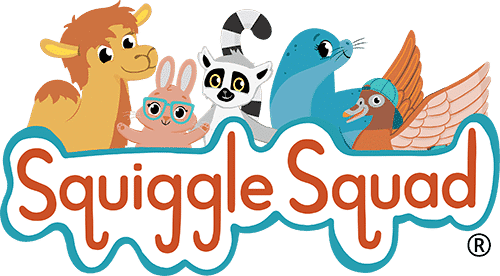Squiggle Squad Kindergarten
A stroke-by-stroke approach that breaks down the letter learning process into manageable steps leading to efficient, automatic handwriting.
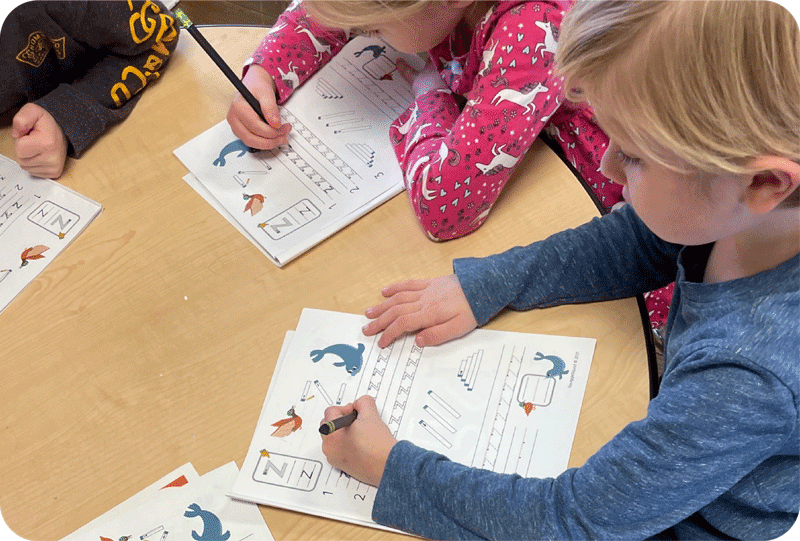
Designed to increase:

Engagement
Through fun, developmentally appropriate activities, students become engaged little learners!

Understanding
Incremental steps help students comprehend letters rather than just copying shapes on a page.
![]()
Confidence
As students successfully accomplish the doable tasks asked of them, their confidence and love of learning grows.
Gross Motor Control
Writing by hand requires attention and coordination that can be overwhelming to little learners. That is why Squiggle Squad breaks down the greater task of learning to form letters and numbers into smaller steps beginning with gross motor control.
With the help of wall posters, students trace fun pathways in the air to improve body control, prepping them for fine motor activities.

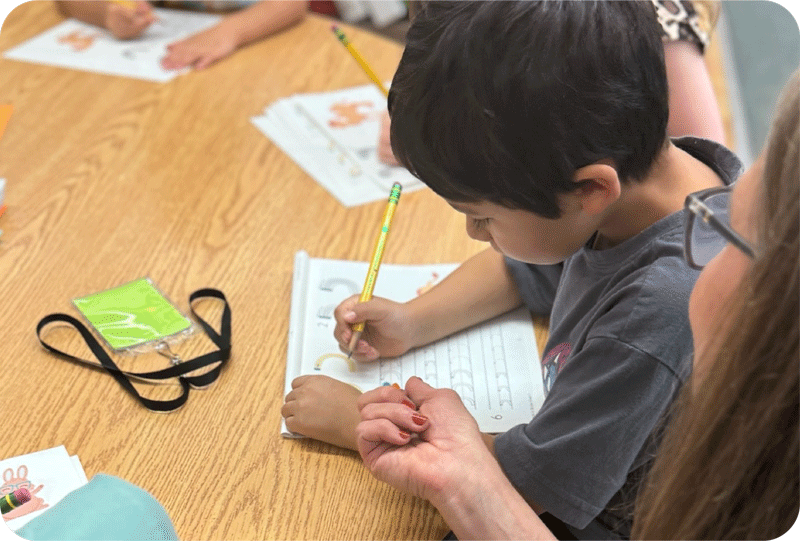
Fine Motor Control for Easy Letter Learning
Fine Motor Control for Easy Letter Learning
Students develop fine motor skills by going through a progression of activities that teaches them each of the five basic handwriting strokes represented by their Squiggle Squad friends.
Regular stroke practice enforces muscle memory, resulting in an easier, less frustrating transition to letter formation.
Time to Make Letters and Numbers!
After students have practiced the strokes in isolation, the Squiggle Squad friends come together to play, helping students form letters and numbers. Explicit focus on the mechanics of handwriting allows students to get comfortable with basic formation, building their writing confidence.
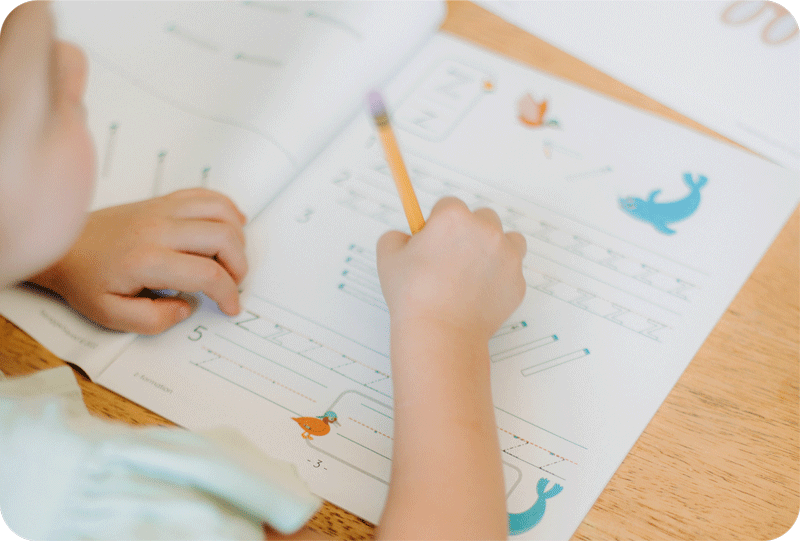

The Squiggle Squad characters’ directional movements and verbal cues give teachers a fun and clear way of presenting letter learning activities. The process is so comfortable and light-hearted, students actually enjoy learning to write!
Student Story
Clara was apprehensive about going to the writing station. She had an emotional response that seemed to stem from her insecurity of being a little behind her peers in physical development. Working on letters that emphasize a straight line, like b, h, or t, scared her and left her wanting to quit before she started. Then she was introduced to the Squiggle Squad.
After a playful hand and finger warm up, she picked up a pencil to practice Lines the Lemur—a simple top-to-bottom vertical line. She practiced on paper, with colored pencils, and in her Lines the Lemur book. By the time she was practicing on guidelines, she had become completely comfortable with the process. She left the station more confident and said she would like to do it again!
